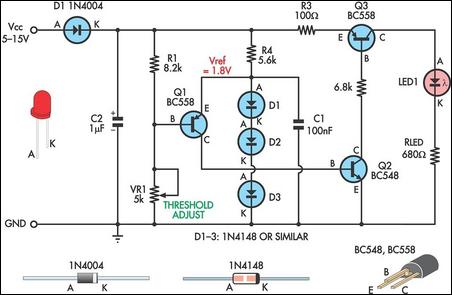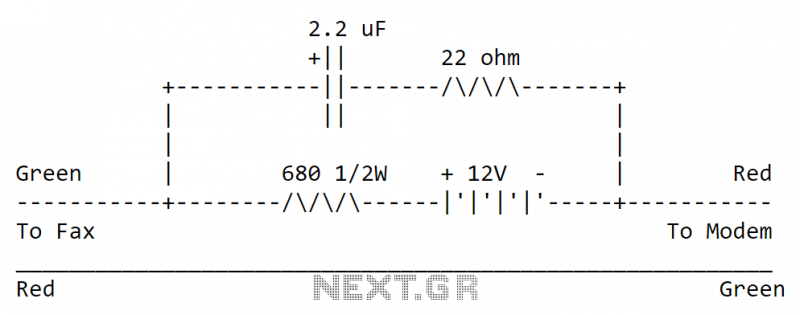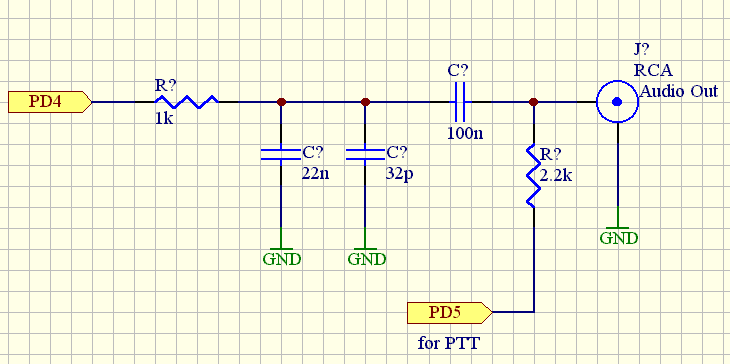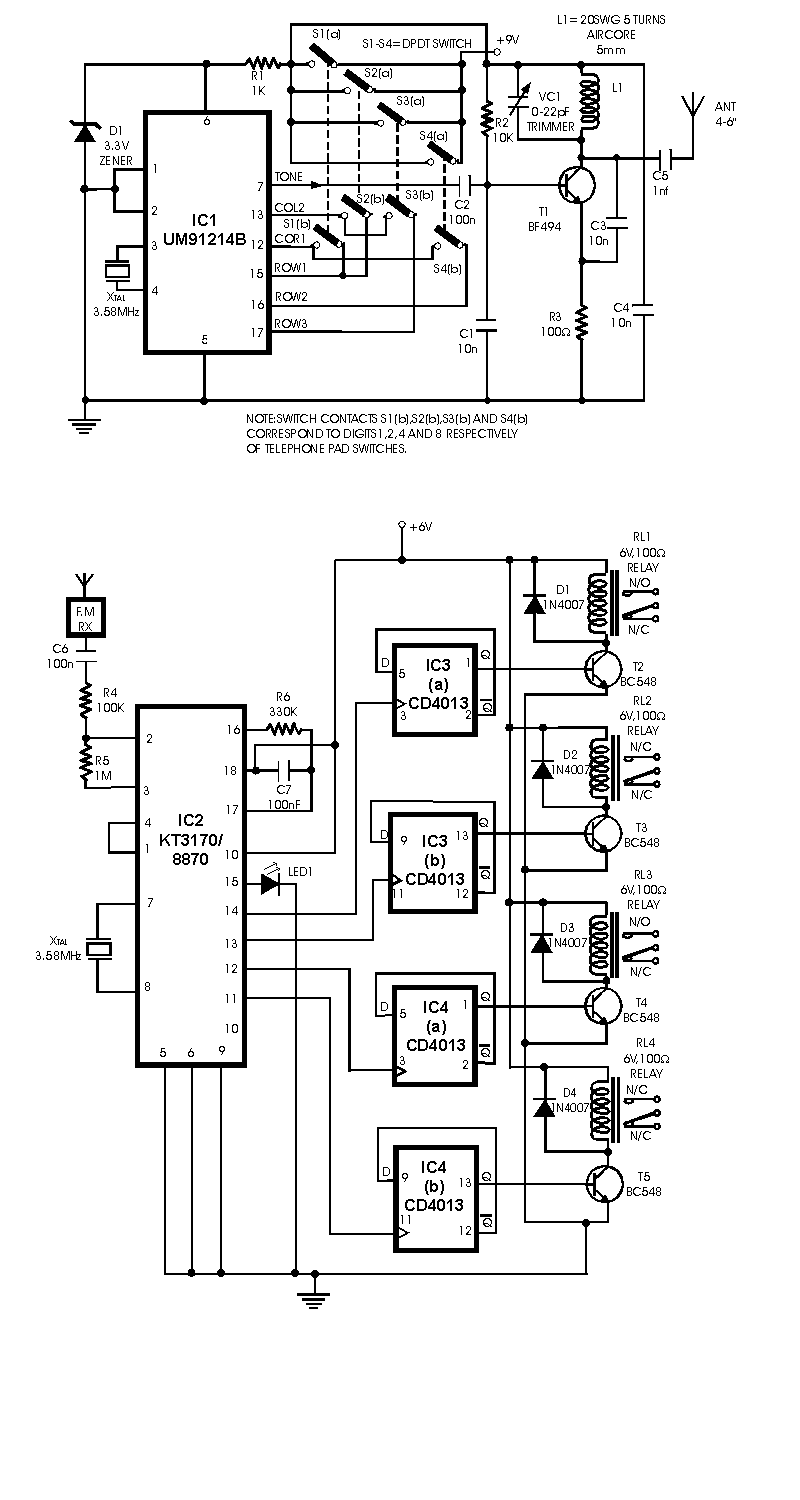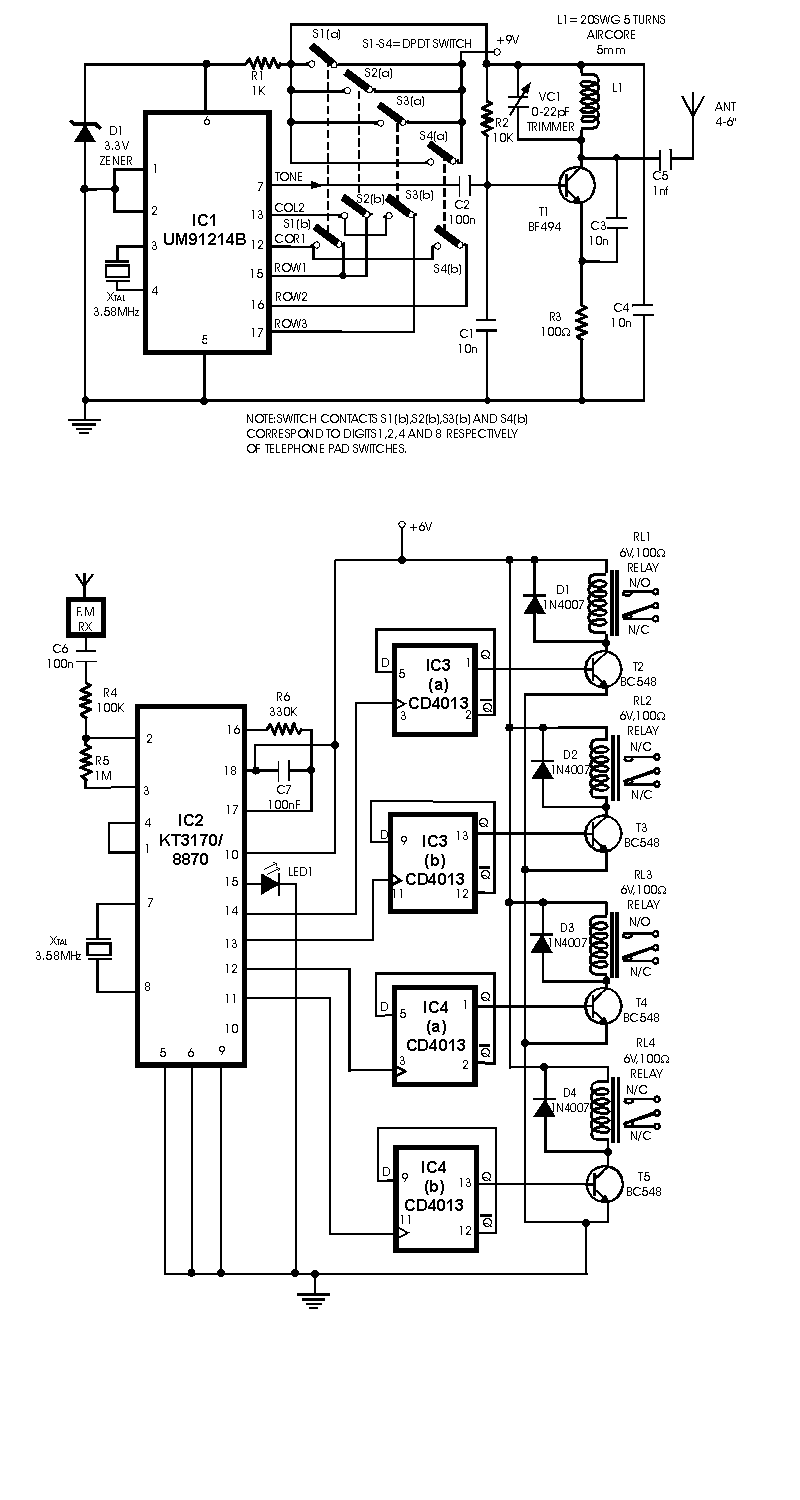
Dtmf detection in GSM modem

A project is being developed involving GSM technology, with the objective of detecting key presses on the remote side during an active call. An attempt is being made to utilize a DTMF decoder circuit connected to the speaker output; however, this approach has not yielded successful results. Any alternative ideas or solutions would be appreciated.
The project centers around the implementation of a GSM communication system that requires the detection of Dual Tone Multi-Frequency (DTMF) signals generated by key presses on a remote device during an ongoing call. The DTMF decoder circuit is intended to interpret these signals; however, challenges have arisen in effectively capturing and decoding the tones from the speaker output.
To enhance the effectiveness of the DTMF detection, it is advisable to consider a few modifications and alternative approaches. Firstly, instead of connecting the DTMF decoder directly to the speaker output, it may be beneficial to tap into the audio line before amplification. This can be achieved by using a small capacitor to couple the audio signal to the DTMF decoder, ensuring that the decoder receives a clean signal without distortion from the speaker.
The DTMF decoder IC, such as the MT8870 or equivalent, should be configured correctly with the appropriate external components, including resistors and capacitors, to filter and stabilize the incoming signal. Additionally, ensuring that the DTMF decoder's power supply voltage aligns with the specifications is crucial for reliable operation.
Furthermore, implementing a microcontroller or microprocessor to process the output from the DTMF decoder can provide additional functionality. The microcontroller can be programmed to recognize specific DTMF tones and execute predefined actions based on the detected key presses, thereby enhancing the interactivity of the system.
Lastly, it is advisable to conduct thorough testing in various environments to account for potential background noise and variations in signal strength that may affect DTMF detection. Utilizing proper shielding and grounding techniques can also mitigate interference and improve the overall performance of the system.Doing a project on GSM. In that i want to detect the key pressed at the other side on active call. I am trying with a dtmf decoder circuit at speaker output but it is not working. Plz if any one has any other idea or solution plz reply. 🔗 External reference
The project centers around the implementation of a GSM communication system that requires the detection of Dual Tone Multi-Frequency (DTMF) signals generated by key presses on a remote device during an ongoing call. The DTMF decoder circuit is intended to interpret these signals; however, challenges have arisen in effectively capturing and decoding the tones from the speaker output.
To enhance the effectiveness of the DTMF detection, it is advisable to consider a few modifications and alternative approaches. Firstly, instead of connecting the DTMF decoder directly to the speaker output, it may be beneficial to tap into the audio line before amplification. This can be achieved by using a small capacitor to couple the audio signal to the DTMF decoder, ensuring that the decoder receives a clean signal without distortion from the speaker.
The DTMF decoder IC, such as the MT8870 or equivalent, should be configured correctly with the appropriate external components, including resistors and capacitors, to filter and stabilize the incoming signal. Additionally, ensuring that the DTMF decoder's power supply voltage aligns with the specifications is crucial for reliable operation.
Furthermore, implementing a microcontroller or microprocessor to process the output from the DTMF decoder can provide additional functionality. The microcontroller can be programmed to recognize specific DTMF tones and execute predefined actions based on the detected key presses, thereby enhancing the interactivity of the system.
Lastly, it is advisable to conduct thorough testing in various environments to account for potential background noise and variations in signal strength that may affect DTMF detection. Utilizing proper shielding and grounding techniques can also mitigate interference and improve the overall performance of the system.Doing a project on GSM. In that i want to detect the key pressed at the other side on active call. I am trying with a dtmf decoder circuit at speaker output but it is not working. Plz if any one has any other idea or solution plz reply. 🔗 External reference
